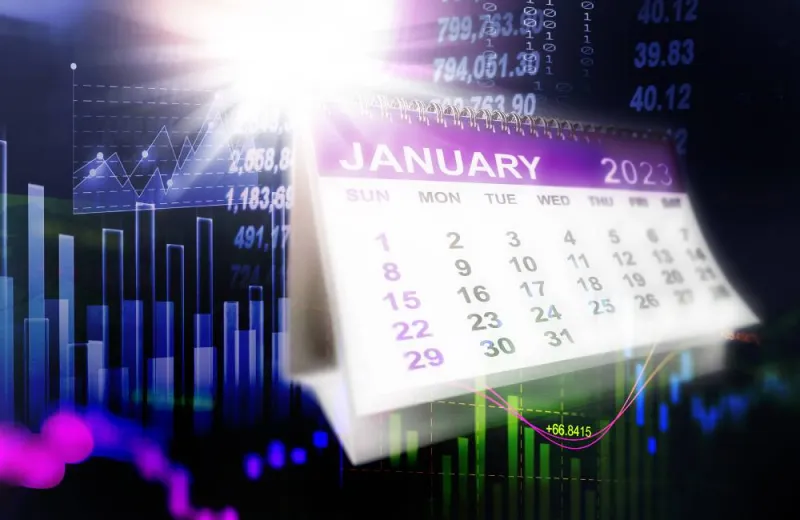If history is any indication, the robust market performance in January could bode well for the rest of 2023.
The Nasdaq composite index rose 10.7 percent last month, marking its best January performance since 2001. The S&P 500 and the Dow Jones Industrial Average also delivered solid returns of 6.3 percent and 2.9 percent, respectively.
According to data from Qontigo, a strong January has historically been a sign of better things to come. From 1983 to 2022, the market delivered positive January returns in 25 of the 40 years. Out of those 25 years, 20 of them saw the market rise over the succeeding eleven months.
“There is a very old Wall Street wisdom that [says], ‘As goes January, so goes the year’ — and that certainly does seem to be the case for most of the time,” said Melissa Brown, global head of applied research at Qontigo. “Perhaps investors can find a bit of comfort in knowing that should history repeat itself, a strong January indicates an 80 percent chance that the rest of the year will follow suit.”
The biggest departure from the rule was in 1987, when the market gained more than 13 percent in January but fell more than 8 percent throughout the following eleven months, according to data from Qontigo. There’s a chance that 2023 could be another year that deviates from the general pattern, according to Brown.
“There is so much more that drives asset prices, and a good deal of uncertainty remains in the current environment,” Brown said. “There’s always been the concern over whether the Fed would be able to get inflation under control.” Plus, the high interest rates are attracting money to the bond market, which may cause prices in the stock market to fall, she added.
But at least in the first few weeks of 2023, stock investors have become more bullish after the market suffered carnage last year.
“We’ve seen investor sentiment, particularly in the U.S., improved quite a bit over where it had been last year,” Brown said. Qontigo tracks investors’ sentiment based on their investment decisions, such as overweighting defensive or high-growth stocks. Since the beginning of January, Brown has noticed that investors are buying more volatile stocks, which suggests they are less worried about a market downturn because they are willing to take on added risk, she said.
“There are a lot of things going on that are driving investor sentiment to be better,” Brown said. “To some extent, even some of the layoffs that have been announced are actually positive for sentiment because investors feel that companies are finally focusing on their bottom line.”







